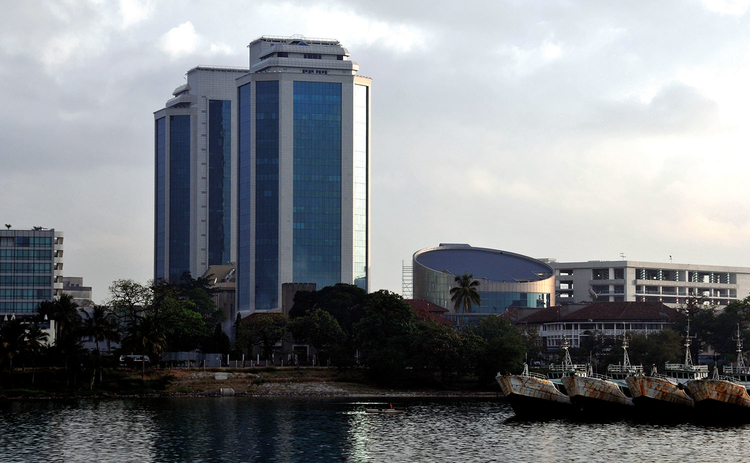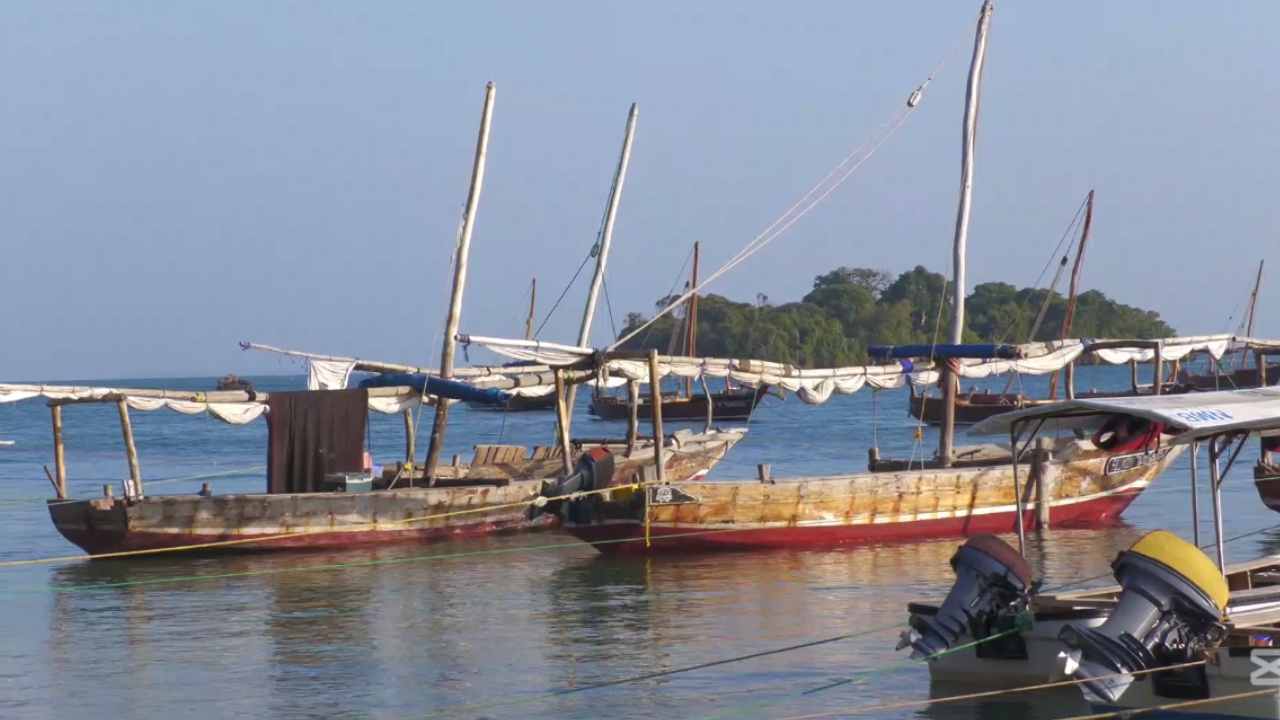On July 1, 2022, President Samia Suluhu Hassan published an article commemorating 30 years of Tanzania’s democracy. The article, which was written in a peculiar conversational style, pays homage to all those who made multiparty democracy possible.
The article is a good undertaking by the Head of State. President Samia needs to grab every opportunity available to talk to and with the people. In the article Samia alludes to the fact that it is wise to make meaningful reforms before the ruling CCM’s hand is forced by events.
But this is exactly what everyone else but CCM has been saying all along; that time was already ripe for making meaningful political reforms before people’s power was unleashed.
By recognizing that opportune requirement and by being willing to state it publicly Samia stands out from the rest among the current generation of CCM politicians. It would be farfetched to imagine or expect such an article from the State House seven or even two years ago.
The reactions to the article are varied depending on who is reacting. The obvious feedback is on whether she can deliver on all that she has outlined, albeit in very general terms. Also, her article is silent on the New Constitution. That will not endear it to those who, rightly, think that the New Constitution is the solution to Tanzania’s political malaise.
The good thing is that the ruling party, CCM, has already stated its willingness to revive the New Constitution. What is still shrouded in mystery is when and how. One wonders, however, whether the silence on the New Constitution is a ‘clawback clause’ on CCM’s newfound enthusiasm for the New Katiba. Only time will tell!
The uncertainty over the Constitution aside, the similarities she drew between the global situation in 1992 when Tanzania re-introduced the multiparty system and now, which as she says, calls for more political reforms in Tanzania shows two things. Firstly, she has a plan. And secondly, she is capable of reading the signs of the times.
The article’s real audience is CCM stalwarts
At a closer look, Samia’s article seems to be directed at her comrades within CCM. To outsiders, the article is music to the ears despite the fact that it is short of specifics. The targeted audience of the article seems to be those who had buried their heads in the sand, Ostrich style, as they deflected calls for deeper political reforms.
These comrades (for lack of a better categorization) have not only refused to listen to calls for the need to further open Tanzania’s political space, but they have also tried to close even the little democratic window that existed.
Their hate for the opposition and for opposition politicians has been far too palpable. For these comrades, opposition politicians are nothing more than treasonists who commit the crime of trying to wrestle power away from CCM in broad daylight.
These comrades are the people who need to be told that times have changed and that, like in 1992, reforms must be undertaken whether they like it or not. In her article, Samia makes two important references.
The first is about the Chinese statesman, Chairman Mao, who said ‘Let 100 flowers bloom’ to show the importance of allowing different schools of thought to contend. The second is a 19th-century comic opera called Iolanthe whose creators once said ‘Everyone born is either a conservative child or a liberal child.’
Samia says in the article that she rejects the notion that people are born either conservative or liberal. The two references seem directly pointed at the hardcore group of cadres in the ruling party.
The ‘silent majority’
The hardcore group of comrades is the ‘silent majority’ who were bulldozed into accepting changes they didn’t want in 1992. To move this group into accepting the necessary reforms will need more than publishing an article. And probably the first step should be to identify it. To the general public, the silent majority is elusive.
It exists and operates in the shadows, moving the levers of Tanzania’s political system shrewdly behind the scenes in a manner that makes half-cooked opposition politicians baulk and run for their lives.
And to find the ‘silent majority’ CCM’s top brass including the council of elders will have to conduct a soul-searching exercise on the real reasons why CCM, half-heartedly, accepted multiparty politics. This is because the ‘silent majority’ would need a cue.
In the article, Samia writes that in 1992 CCM leaders saw the importance of allowing multiparty politics before wars and chaos forced their hands. But it is also true that President Ali Hassan Mwinyi and his colleagues were advised to allow multiparty politics while they still had the capacity to control the transition process.
That means introducing multiparty politics when many people didn’t want it would have facilitated reforms on CCM’s terms. And that is exactly what happened. The transition into multiparty politics has taken place on CCM’s terms.
They have been pressing the brakes on the transition whenever they wanted; opened the spaces a little further whenever they deemed it fit or sought to shut down the democratic window completely when they desired. The role of the ‘silent majority’ is obvious in all this.
It won’t change overnight. In 1992 Mwalimu Julius Nyerere’s convincing powers carried the day. Now, I’m not so sure. Some more convincing and pushing of the ‘silent majority’ would be needed.
Damas Kanyabwoya is a veteran journalist and a political analyst based in Dar es Salaam. He’s available at dkanyabwoya@gmail.com. His Twitter handle is @DKanyabwoya. These are the writer’s own opinions and it does not necessarily reflect the viewpoint of The Chanzo Initiative. Want to publish in this space? Contact our editors at editor@thechanzo.com for further inquiries.




